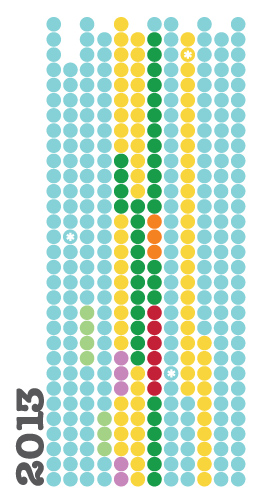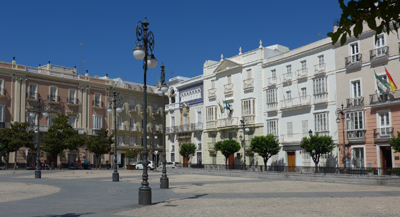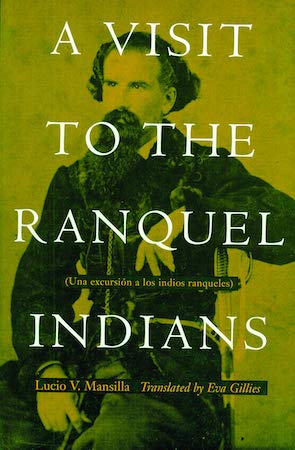musings & more since 2004
jordan: roman remnants

As someone who began his travels in Iberia —at one extreme of the Roman Empire— you can imagine how thrilled I was to see the other side. Darío had wanted to see Jordan for a long time, so celebrating the completion of his Ph.D. seemed like a great excuse to go. Although we cut Syria from the original plans (for obvious reasons), I was excited to visit another corner of the planet.
Read More »jordan: roman remnantsyear in review: 2013

● Where was I? Argentina, Uruguay, France, Spain, Portugal, UK, & Morocco.
…and the tradition continues. I do this mainly for personal reasons, but you’re welcome to revisit the past year with me. White asterisks above show release dates for Endless Mile guides. Let’s look back…
Read More »year in review: 2013cádiz: exorcising demons

First a little background…
Even as a child, I had a strong desire to travel. Interests in biology & chemistry pointed me to medical school… but that proved only to be a distraction in the long run. I remember wading through the foreign language section in Memphis libraries for albums in Russian (yeah, that long ago!), books in basic Hawaiian or whatever French material I could find. Yet at the age of 27, I’d only managed to go as far as the Bahamas, Canada & México. When my ex landed a job as Assistant Director for the University of Washington’s Spanish program in Cádiz, I was all for it. Finally an opportunity to go to Europe! The year was 1998, & I knew the experience would change my life.
Read More »cádiz: exorcising demonsbusiness: 2013 review

What’s that? No blog update in over a year about our guides? Exactly where did the time go? Brief announcements are made regularly via Twitter, but this seems to be a better format to review all that’s happened in 2013… what a year!
Read More »business: 2013 reviewargentine literature: una excursión a los indios ranqueles

First off, a disclaimer. I probably should have read this book in Spanish. I loved “Don Segundo Sombra” & “Radiografía de la Pampa” in their original versions, but after struggling with gaucho terminology & words that most Argentines today would not recognize, I decided to see if there was an English translation available. Not only did Amazon have it, but everyone raved about the translation. And it was annotated!! “A Visit to the Ranquel Indians” has been waiting patiently on the bookshelf since January…
Read More »argentine literature: una excursión a los indios ranqueles